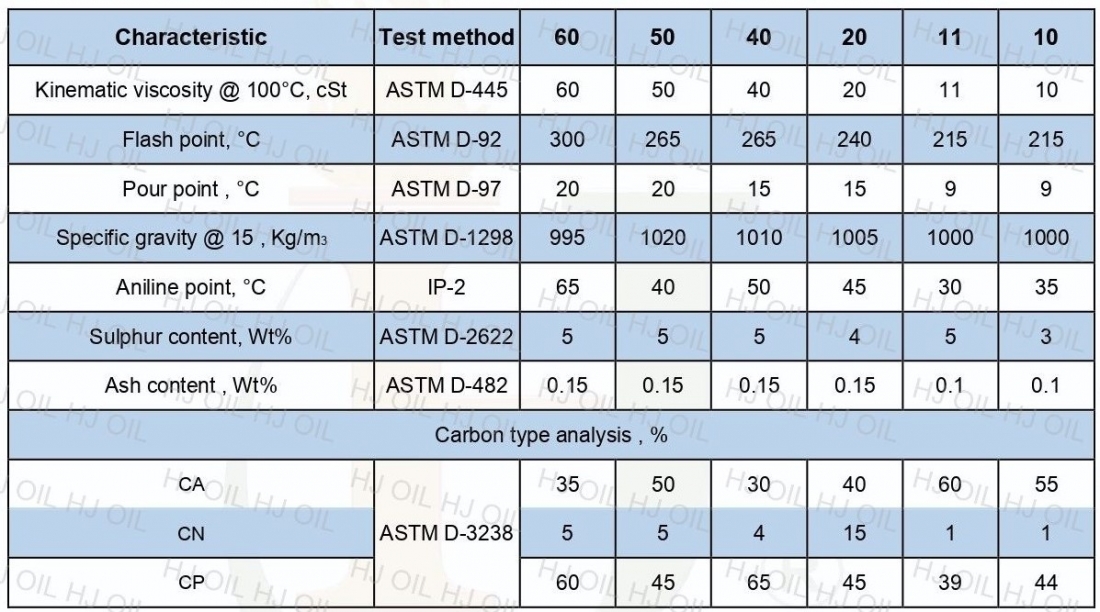Definition Of Distillate Aromatic Extract (DAE)
Distillate Aromatic Extract (DAE) consists predominantly of aromatic hydrocarbons having carbon numbers in the range approximately C15 to C50. Distillate Aromatic Extracts have very high aromatic contents. Distillate aromatic extracts are obtained as a byproduct of the process of solvent extraction of vacuum distillates used as a raw material in the manufacture of p m lubricant base oils.
Aromatic extracts are a class of substances derived from solvent extraction of crude oil vacuum distillation distillate and residual streams. CAS RNs 64742-04-7, 64742-05-8 and 64742-11-6 are part of the broad class of aromatic extracts and can be referred to as distillate aromatic extracts because they originate from the vacuum distillation stream. Because of their untreated nature, they have high levels of aromatic compounds, including polycyclic aromatic hydrocarbons (PAHs). These substances are consumed on-site at refineries and are also transported in Canada via trains and trucks for use at industrial and commercial facilities. They were included in the Petroleum Sector Stream Approach (PSSA) because they are related to the petroleum sector and are complex combinations of hydrocarbons.
Estimation of mixture behaviours was accomplished through the use of a suite of representative structures that are expected to be present in these DAEs. In general, the components of DAEs are poorly soluble in water, very hydrophobic, and moderately to poorly volatile, although some will evaporate readily from water. DAEs are expected to predominantly reside in sediment and soil, with some lighter components partitioning to air.
Petroleum-derived oils that include DAEs can be used as extender oils in the formulation of plastic and rubber products to achieve elasticity and make brittle materials soft and flexible. Extender oils are also a major ingredient in the production of vehicle tires and are therefore found in crumb rubber (i.e., bits of recycled tires that can be used in the production of rubberized playground and athletic surfaces). Historically, automobile tires were formulated with high PAH extender oils, although recent changes in domestic manufacturing have seen these replaced with low PAH oils. As such, there may be residual general population exposure to these DAEs if previously used as extender oils in tire production, where old tires have been recycled into crumb rubber and incorporated in rubber playground and athletic surfaces. There is the potential that these crumb rubber surfaces may release component substances, including PAHs, by off-gassing, through natural surface degradation, and during mechanical abrasion and direct contact with skin. Two of the DAEs, i.e., CAS RNs 64742-11-6 and 64742-04-7, are reported as being in industrial and professional use products such as rubbers, adhesives, sealants, solvents and roofing materials.
DAE Applications
- Used as carrier oils.
- Used as plasticizer.
- Used as diluents.
Types Of DAEs HJ Oil Co. Provides
GRADES: DAE 10 , DAE 11 , DAE 20 , DAE 40 ,DAE 50 , DAE 60 .
Distillate Aromatic Extract (DAE) CHARACTERISTICS









